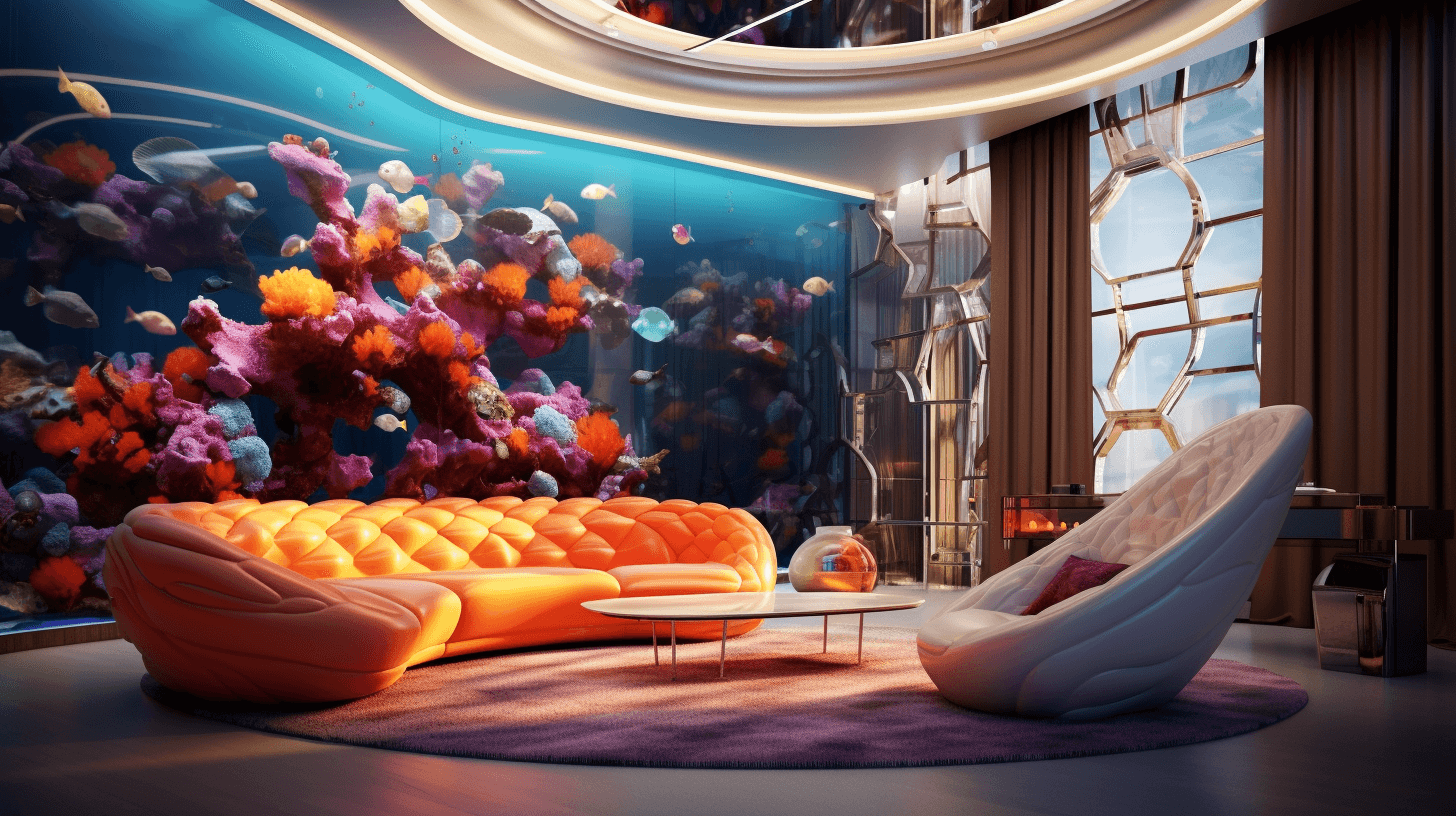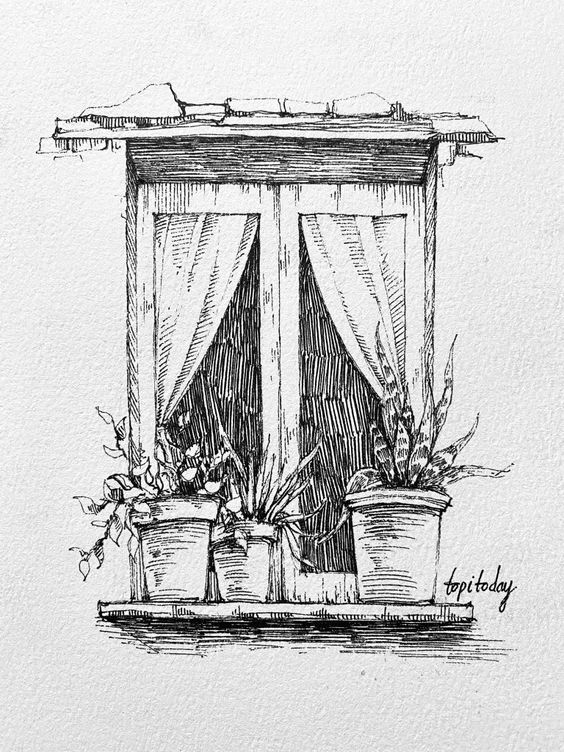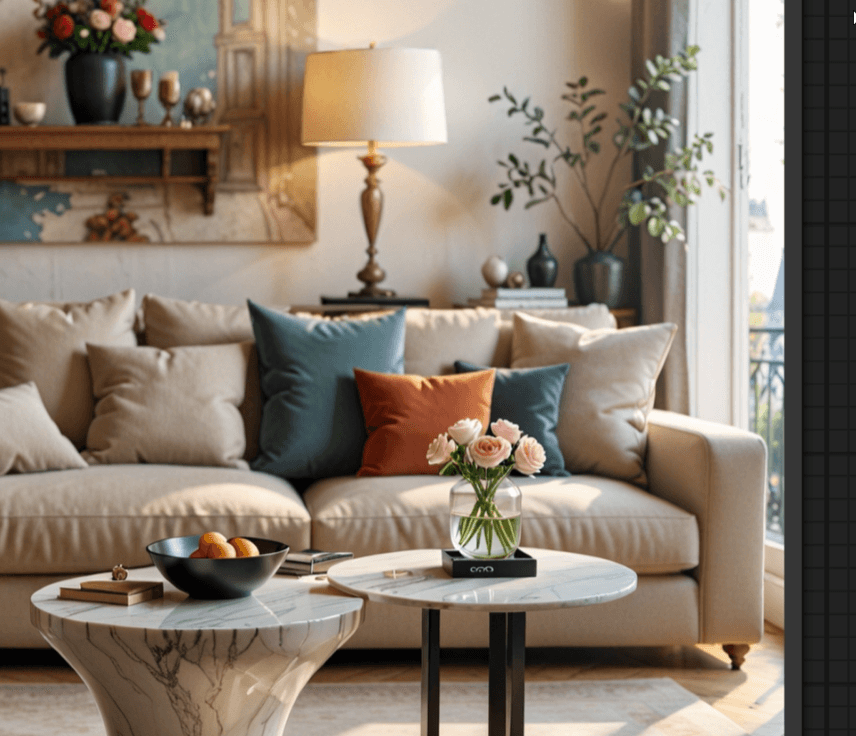Mute Icons, Contextual Design, and the Future of Architecture
Mute Icons, Contextual Design, and the Future of Architecture
12 juin 2024
Interview with Marcelo Spina about Mute Icons, PATTERNS, The Line, Education, Sci-Arc, Context
Key Points:
Introduce Marcelo Spina, co-principal of PATTERNS architecture studio, and his background as a renowned architect and educator
Discuss Marcelo's views on the role of AI architecture in the modern world, particularly the idea of "mute icons" and creating public spaces that challenge conventional boundaries
Explore Marcelo's design approach, which emphasizes form, mass, and articulation, and how he balances innovation with contextual sensitivity
As an acclaimed architect, educator, and co-principal of the Los Angeles-based PATTERNS studio, Marcelo Spina has made a significant impact on the global design landscape. Through his visionary projects, thought-provoking writings, and influential teaching roles, Marcelo has challenged conventional boundaries and pushed the boundaries of what architecture can achieve.
Interview with Marcelo Spina about Mute Icons, PATTERNS, The Line, Education, Sci-Arc, Context
Key Points:
Introduce Marcelo Spina, co-principal of PATTERNS architecture studio, and his background as a renowned architect and educator
Discuss Marcelo's views on the role of AI architecture in the modern world, particularly the idea of "mute icons" and creating public spaces that challenge conventional boundaries
Explore Marcelo's design approach, which emphasizes form, mass, and articulation, and how he balances innovation with contextual sensitivity
As an acclaimed architect, educator, and co-principal of the Los Angeles-based PATTERNS studio, Marcelo Spina has made a significant impact on the global design landscape. Through his visionary projects, thought-provoking writings, and influential teaching roles, Marcelo has challenged conventional boundaries and pushed the boundaries of what architecture can achieve.
Interview with Marcelo Spina about Mute Icons, PATTERNS, The Line, Education, Sci-Arc, Context
Key Points:
Introduce Marcelo Spina, co-principal of PATTERNS architecture studio, and his background as a renowned architect and educator
Discuss Marcelo's views on the role of AI architecture in the modern world, particularly the idea of "mute icons" and creating public spaces that challenge conventional boundaries
Explore Marcelo's design approach, which emphasizes form, mass, and articulation, and how he balances innovation with contextual sensitivity
As an acclaimed architect, educator, and co-principal of the Los Angeles-based PATTERNS studio, Marcelo Spina has made a significant impact on the global design landscape. Through his visionary projects, thought-provoking writings, and influential teaching roles, Marcelo has challenged conventional boundaries and pushed the boundaries of what architecture can achieve.
Interview with Marcelo Spina about Mute Icons, PATTERNS, The Line, Education, Sci-Arc, Context
Key Points:
Introduce Marcelo Spina, co-principal of PATTERNS architecture studio, and his background as a renowned architect and educator
Discuss Marcelo's views on the role of AI architecture in the modern world, particularly the idea of "mute icons" and creating public spaces that challenge conventional boundaries
Explore Marcelo's design approach, which emphasizes form, mass, and articulation, and how he balances innovation with contextual sensitivity
As an acclaimed architect, educator, and co-principal of the Los Angeles-based PATTERNS studio, Marcelo Spina has made a significant impact on the global design landscape. Through his visionary projects, thought-provoking writings, and influential teaching roles, Marcelo has challenged conventional boundaries and pushed the boundaries of what architecture can achieve.
In this insightful interview, Marcelo shares his perspectives on the role of "mute icons" in public architecture, the importance of balancing innovation with contextual sensitivity, and the evolving landscape of architectural education in the face of technological advancements.
Mute Icons and the Paradoxical Nature of Public Architecture At the heart of Marcelo's work is the concept of "mute icons" – a notion that he explores in depth in his book, Mute Icons. Marcelo explains that this idea is about "positioning a kind of paradoxical understanding of what public architecture is and what its potential to be."
Rather than creating architecture solely for entertainment or instant gratification, Marcelo advocates for a more nuanced approach that maintains "a certain kind of position as a cultural irritant." This, he believes, is crucial in a world that is often dominated by the sheen of technology and a relentless pursuit of the new.
"Architecture is not fashion, it's not art," Marcelo asserts. "It is something else, and it is deeply enmeshed in culture. We have something to say about it."
Balancing Innovation and Context Marcelo's design approach is rooted in a deep exploration of form, mass, and articulation, but he also recognizes the importance of contextual sensitivity. He emphasizes the need to find ways of "involving" the existing context, rather than simply mimicking or ignoring it.
"Finding ways of somehow involving those ideas, getting inside your work in more substantial, essential, but also maybe deeper ways – that's incredibly important," Marcelo explains.
This balance between innovation and respect for the surrounding environment is a key challenge that Marcelo and his team at PATTERNS navigate with each project. Whether working in established urban centers or brand-new developments, Marcelo seeks to create buildings that are both familiar and strange, challenging the status quo while still resonating with the local culture.
In this insightful interview, Marcelo shares his perspectives on the role of "mute icons" in public architecture, the importance of balancing innovation with contextual sensitivity, and the evolving landscape of architectural education in the face of technological advancements.
Mute Icons and the Paradoxical Nature of Public Architecture At the heart of Marcelo's work is the concept of "mute icons" – a notion that he explores in depth in his book, Mute Icons. Marcelo explains that this idea is about "positioning a kind of paradoxical understanding of what public architecture is and what its potential to be."
Rather than creating architecture solely for entertainment or instant gratification, Marcelo advocates for a more nuanced approach that maintains "a certain kind of position as a cultural irritant." This, he believes, is crucial in a world that is often dominated by the sheen of technology and a relentless pursuit of the new.
"Architecture is not fashion, it's not art," Marcelo asserts. "It is something else, and it is deeply enmeshed in culture. We have something to say about it."
Balancing Innovation and Context Marcelo's design approach is rooted in a deep exploration of form, mass, and articulation, but he also recognizes the importance of contextual sensitivity. He emphasizes the need to find ways of "involving" the existing context, rather than simply mimicking or ignoring it.
"Finding ways of somehow involving those ideas, getting inside your work in more substantial, essential, but also maybe deeper ways – that's incredibly important," Marcelo explains.
This balance between innovation and respect for the surrounding environment is a key challenge that Marcelo and his team at PATTERNS navigate with each project. Whether working in established urban centers or brand-new developments, Marcelo seeks to create buildings that are both familiar and strange, challenging the status quo while still resonating with the local culture.
In this insightful interview, Marcelo shares his perspectives on the role of "mute icons" in public architecture, the importance of balancing innovation with contextual sensitivity, and the evolving landscape of architectural education in the face of technological advancements.
Mute Icons and the Paradoxical Nature of Public Architecture At the heart of Marcelo's work is the concept of "mute icons" – a notion that he explores in depth in his book, Mute Icons. Marcelo explains that this idea is about "positioning a kind of paradoxical understanding of what public architecture is and what its potential to be."
Rather than creating architecture solely for entertainment or instant gratification, Marcelo advocates for a more nuanced approach that maintains "a certain kind of position as a cultural irritant." This, he believes, is crucial in a world that is often dominated by the sheen of technology and a relentless pursuit of the new.
"Architecture is not fashion, it's not art," Marcelo asserts. "It is something else, and it is deeply enmeshed in culture. We have something to say about it."
Balancing Innovation and Context Marcelo's design approach is rooted in a deep exploration of form, mass, and articulation, but he also recognizes the importance of contextual sensitivity. He emphasizes the need to find ways of "involving" the existing context, rather than simply mimicking or ignoring it.
"Finding ways of somehow involving those ideas, getting inside your work in more substantial, essential, but also maybe deeper ways – that's incredibly important," Marcelo explains.
This balance between innovation and respect for the surrounding environment is a key challenge that Marcelo and his team at PATTERNS navigate with each project. Whether working in established urban centers or brand-new developments, Marcelo seeks to create buildings that are both familiar and strange, challenging the status quo while still resonating with the local culture.




The Role of Technology and AI in Architecture
As an educator at institutions like SCI-Arc, Marcelo has witnessed firsthand the profound impact of technological advancements on the architectural profession. While he acknowledges the exciting potential of tools like AI, he also cautions against getting swept up in the "waves" of new technology.
"I'm not in the business of predicting the future," Marcelo says. "I've seen enough people predict, 'Oh, books are not going to exist anymore, everything's going to be digital,' and 20 years later, we're still building libraries."
Instead, Marcelo advocates for a more selective, critical approach to technology, one that is grounded in a deep understanding of the discipline and its cultural context. He believes that architects should be wary of simply chasing the latest trends, and instead focus on how these tools can be integrated in meaningful, thoughtful ways.
Shaping the Future of Architectural Education
As an esteemed educator, Marcelo has played a vital role in shaping the next generation of architects. He emphasizes the importance of balancing the excitement of new technologies with a strong foundation in fundamental design principles and a nuanced understanding of cultural context.
"I couldn't practice if I wasn't teaching the way I do," Marcelo reflects. "I couldn't teach if I wasn't practicing the way I do."
This symbiotic relationship between practice and academia is central to Marcelo's approach, and he encourages young architects to embrace a similar duality. By staying connected to the realities of the profession while also pushing the boundaries of what's possible, Marcelo believes that the next generation can make a lasting impact on the built environment.
As the architectural landscape continues to evolve, driven by technological advancements and shifting societal needs, Marcelo Spina's vision offers a compelling roadmap for the future. By embracing the paradoxical nature of public architecture, balancing innovation with contextual sensitivity, and nurturing the next generation of designers, Marcelo and his team at PATTERNS are poised to make an indelible mark on the field.
So what are you waiting for? Explore Marcelo's work, dive into the world of "mute icons," and discover how tools like Styly can help you re-imagine the possibilities of interior design.
Follow US here!
Instagram
Linkedin
Facebook
The Role of Technology and AI in Architecture
As an educator at institutions like SCI-Arc, Marcelo has witnessed firsthand the profound impact of technological advancements on the architectural profession. While he acknowledges the exciting potential of tools like AI, he also cautions against getting swept up in the "waves" of new technology.
"I'm not in the business of predicting the future," Marcelo says. "I've seen enough people predict, 'Oh, books are not going to exist anymore, everything's going to be digital,' and 20 years later, we're still building libraries."
Instead, Marcelo advocates for a more selective, critical approach to technology, one that is grounded in a deep understanding of the discipline and its cultural context. He believes that architects should be wary of simply chasing the latest trends, and instead focus on how these tools can be integrated in meaningful, thoughtful ways.
Shaping the Future of Architectural Education
As an esteemed educator, Marcelo has played a vital role in shaping the next generation of architects. He emphasizes the importance of balancing the excitement of new technologies with a strong foundation in fundamental design principles and a nuanced understanding of cultural context.
"I couldn't practice if I wasn't teaching the way I do," Marcelo reflects. "I couldn't teach if I wasn't practicing the way I do."
This symbiotic relationship between practice and academia is central to Marcelo's approach, and he encourages young architects to embrace a similar duality. By staying connected to the realities of the profession while also pushing the boundaries of what's possible, Marcelo believes that the next generation can make a lasting impact on the built environment.
As the architectural landscape continues to evolve, driven by technological advancements and shifting societal needs, Marcelo Spina's vision offers a compelling roadmap for the future. By embracing the paradoxical nature of public architecture, balancing innovation with contextual sensitivity, and nurturing the next generation of designers, Marcelo and his team at PATTERNS are poised to make an indelible mark on the field.
So what are you waiting for? Explore Marcelo's work, dive into the world of "mute icons," and discover how tools like Styly can help you re-imagine the possibilities of interior design.
Follow US here!
Instagram
Linkedin
Facebook



